Discovery
| Builder | Stevens Yard, Dundee Shipbuilders Co. Dundee, Scotland |
|---|---|
| Launched | 1901 |
| Type | Barque 3 masts |
| Length | 52.1m |
| Beam | 10.3m |
| Expedition | British National Antarctic Expedition 1901-1904 |
| Led by | Robert Falcon Scott |
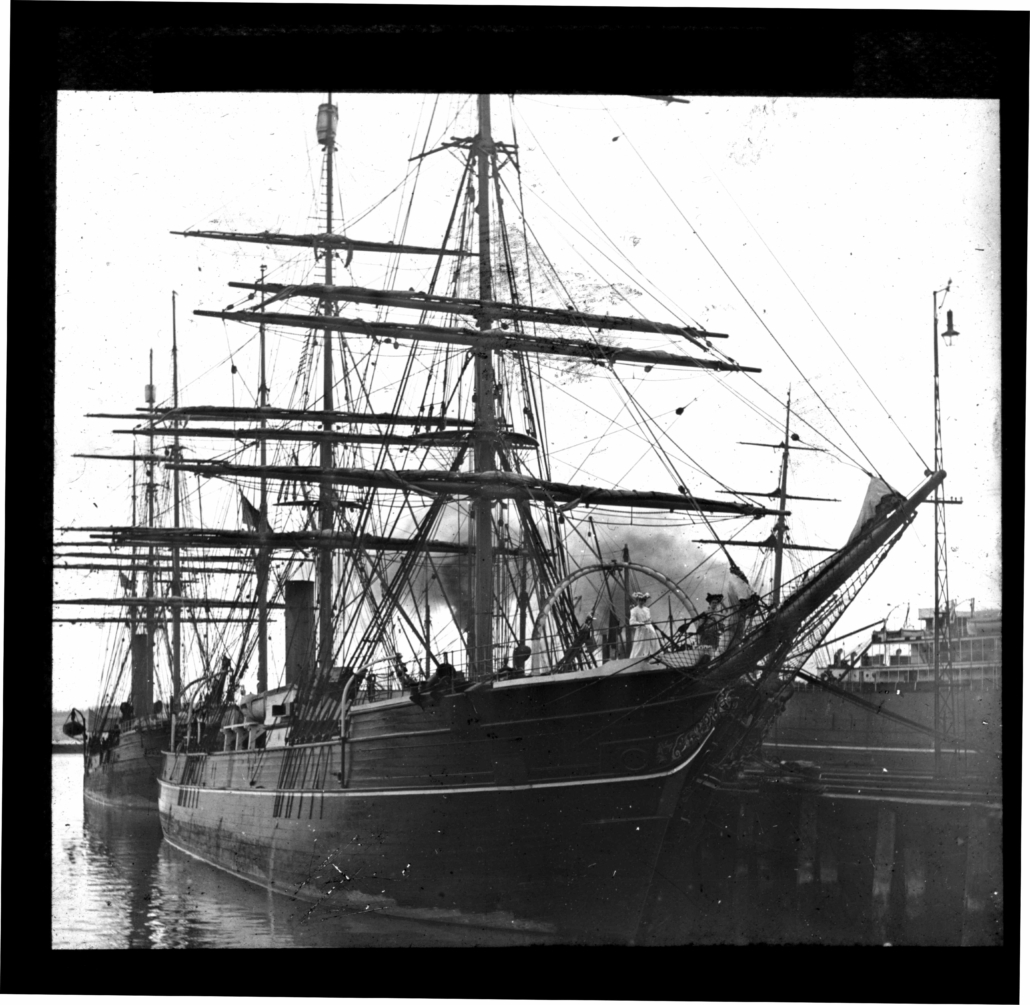
British National Antarctic Expedition 1901-1904
Led by Robert Falcon Scott
At the beginning of the 20th century, Britain launched the first major Antarctic expedition in over 60 years. Led by Commander Robert Falcon Scott aboard the specially built ship Discovery, the British National Antarctic Expedition marked the beginning of what would become known as the heroic era of Antarctic Exploration.
Discovery was a wooden sailing ship with auxiliary steam power, deliberately constructed in a traditional style to withstand the crushing pressures of Antarctic ice. Her triple-layered wooden hull was strengthened with internal bracing, designed to flex under pressure rather than break. Launched in 1901, Discovery was the first ship purpose-built for Antarctic scientific research and continued a proud Royal Navy tradition of exploration vessels bearing the same name.
The expedition left London in August 1901. While docked at Cowes, on the Isle of Wight, Discovery was visited by King Edward VII and Queen Alexandra, who came aboard and spoke with every crew member, an encounter recalled with pride by those present.
From England, Discovery made her way through the Atlantic to New Zealand, calling at several ports before arriving in Lyttelton in December 1901. While in port, the team took on final stores, including prefabricated buildings for shore use and 45 live sheep donated by local farmers.
On 21 December, they left for the ice. Sadly, just a few days later, a sailor named Charles Bonner fell from the rigging and was killed. He was buried at sea during a brief stop in Port Chalmers, near Dunedin, New Zealand.
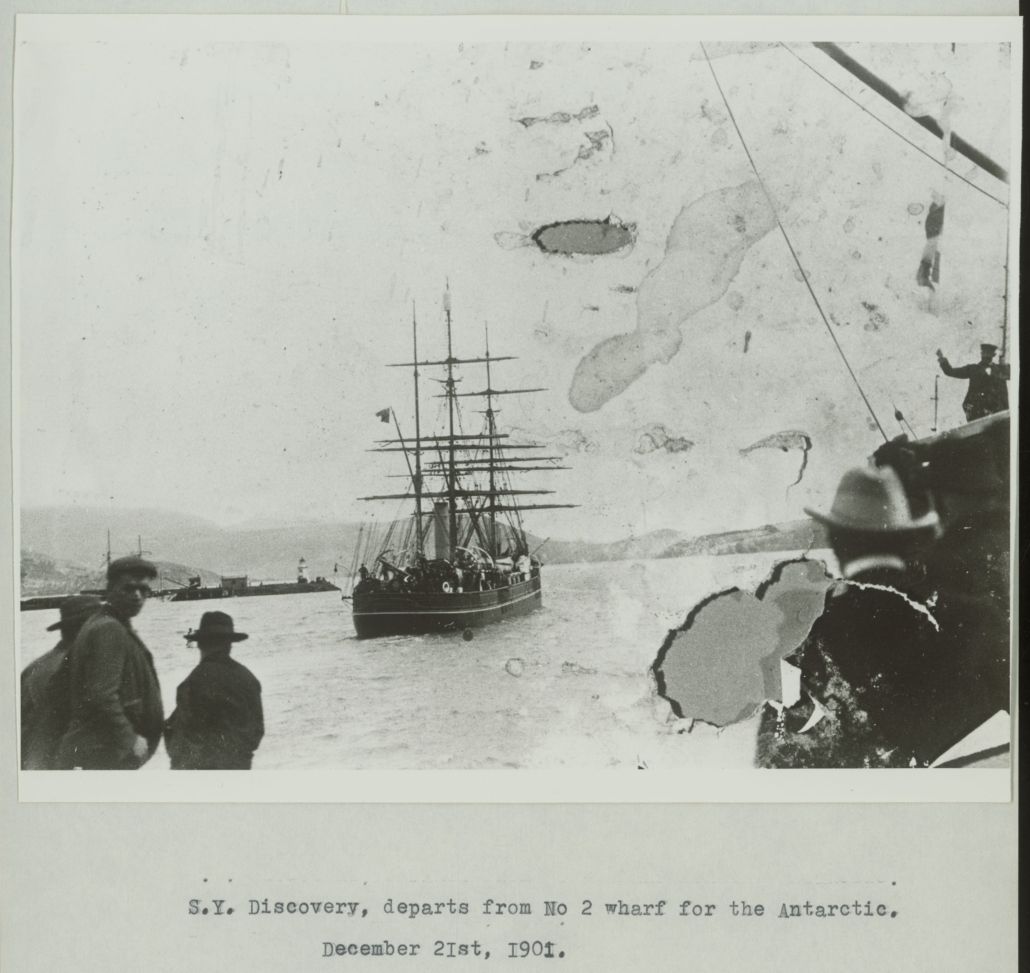

When Discovery reached McMurdo Sound on 8 February 1902, Scott initially planned to leave a small shore party in the prefabricated hut while the ship returned north, but as the Antarctic summer waned and sea ice thickened rapidly, he made the bold decision to overwinter, keeping the ship locked in at what would become Winter Quarters Bay, on the southern tip of Ross Island.
About 200 metres from the ship, the team erected a square timber hut, now known as Discovery hut. It was built using prefabricated Douglas fir and Scots pine panels, with a design common in Australia, featuring a verandah on three sides. While intended to serve as the main living quarters for the shore party, the hut proved difficult to heat and was instead used for scientific work, storage, and as a communal meeting space.
The expedition’s 47 men including naval personnel, scientists and civilians, continued to live aboard Discovery while using the hut as a base for important research in zoology, geology, magnetism, meteorology, and more.
Today, Discovery hut remains one of the most significant structures from the heroic era of Antarctic exploration and is cared for by the Antarctic Heritage Trust.
Despite the harsh conditions, the team made incredible discoveries. They found the emperor penguin colony at Cape Crozier and launched a hydrogen balloon to take some of the first aerial photographs of Antarctica.
They also made history when Scott, Dr Edward Wilson, and Ernest Shackleton made a journey further south than anyone had ever gone before, reaching 82°16′ S. It was a major feat of endurance and navigation.
A relief ship, Morning, arrived in 1903 to bring supplies, and returned in 1904, this time accompanied by another ship, Terra Nova. The British Government had grown concerned about the cost of annual relief efforts and gave orders that the expedition be brought home, whether or not Discovery could be freed.
At the time, there was still 20 miles of ice between the ship and open water. With explosives, favourable winds, and relentless effort, including ice-breaking by the two relief ships, Discovery was finally freed.
She returned to Lyttelton, New Zealand on 1 April 1904, and then to Portsmouth on 10 September, where she was welcomed as a hero.
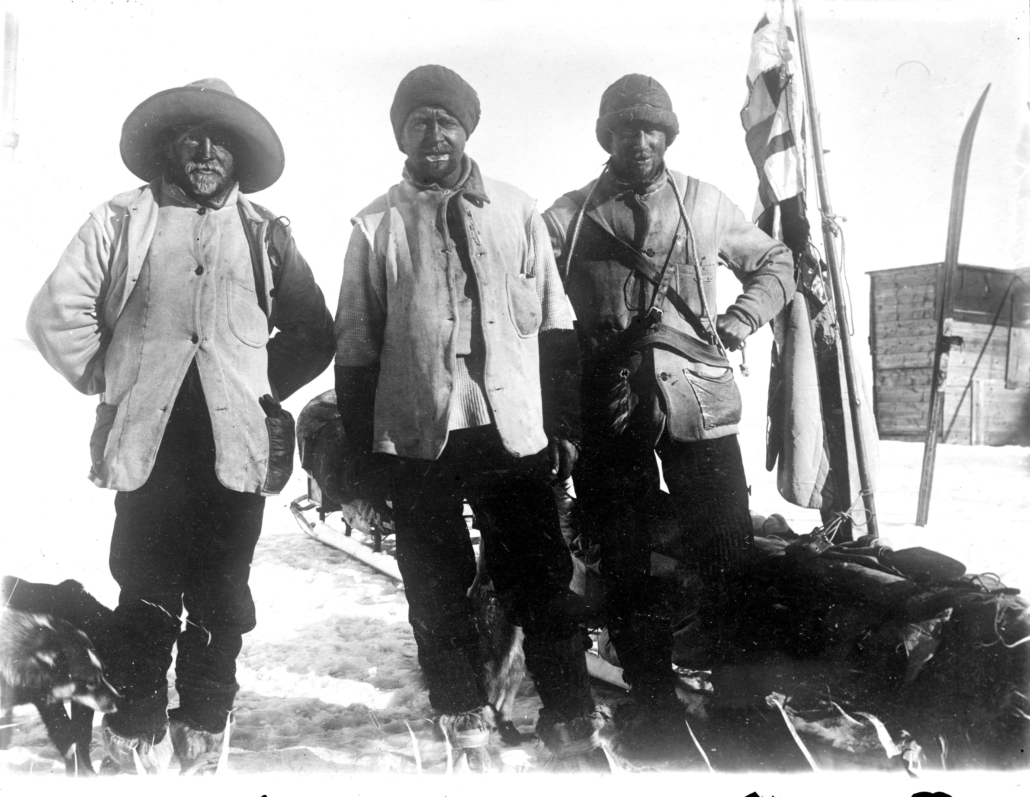
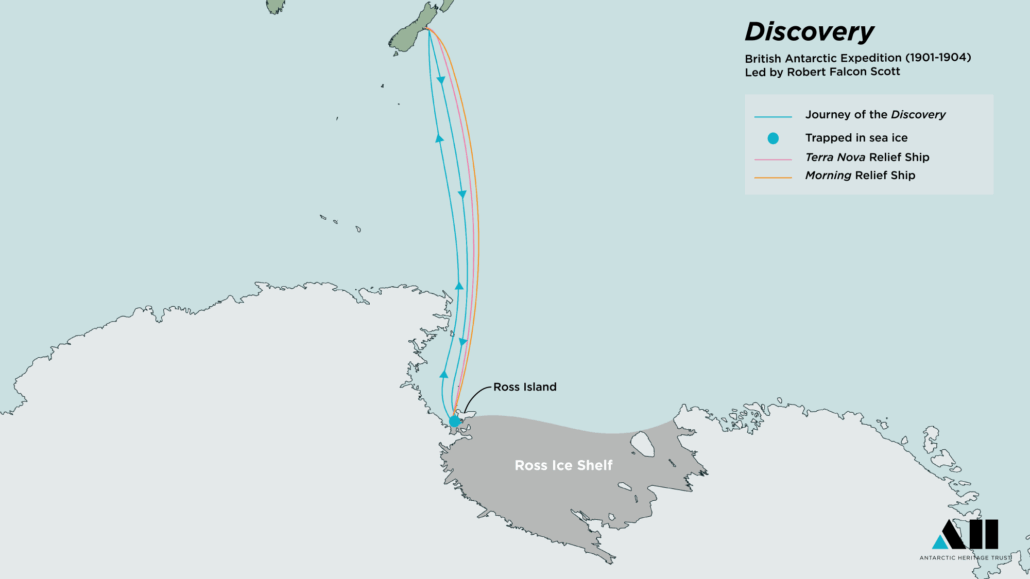
Fate of the Discovery
The expedition laid the groundwork for all future Antarctic exploration, delivering major scientific and geographical discoveries. Scott had hoped to use Discovery again for his next expedition in 1910, but the Admiralty had sold her to the Hudson Bay Company in 1905. Instead, Scott turned to Terra Nova.
Over the following decades, Discovery led a long and varied life. She was:
- Chartered for trade in European and Russian waters during World War I
- Briefly considered for the rescue of Shackleton’s Endurance crew in 1916
- Refitted for scientific research in the 1920s, conducting Antarctic and oceanographic work
- Employed during the British, Australian and New Zealand Antarctic Research Expedition (BANZARE) from 1929 to 1931 under Sir Douglas Mawson
- Laid up and later repurposed as a Sea Scout training ship and Royal Naval Reserve base
- Restored to her 1920s configuration in the 1980s
Since 1986, Discovery has been preserved as a museum ship at Discovery Point in Dundee, Scotland, the very city where she was built. Visitors today can step aboard this iconic vessel and explore the story of the men who ventured to Antarctica in an age of wooden ships and iron will.
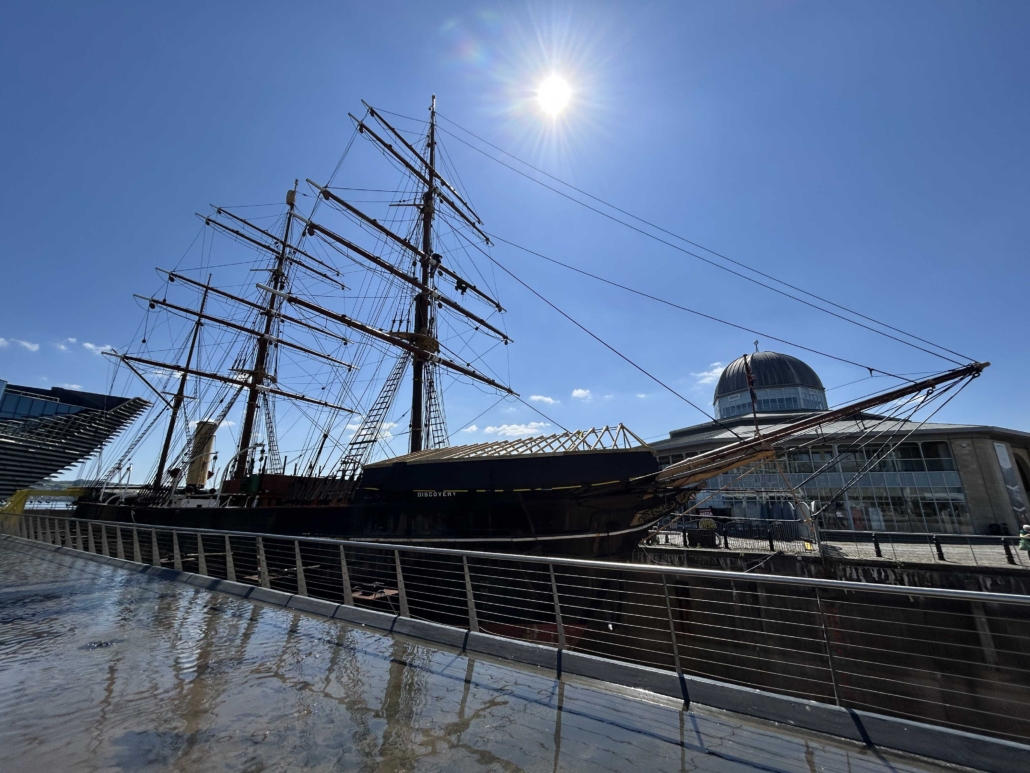
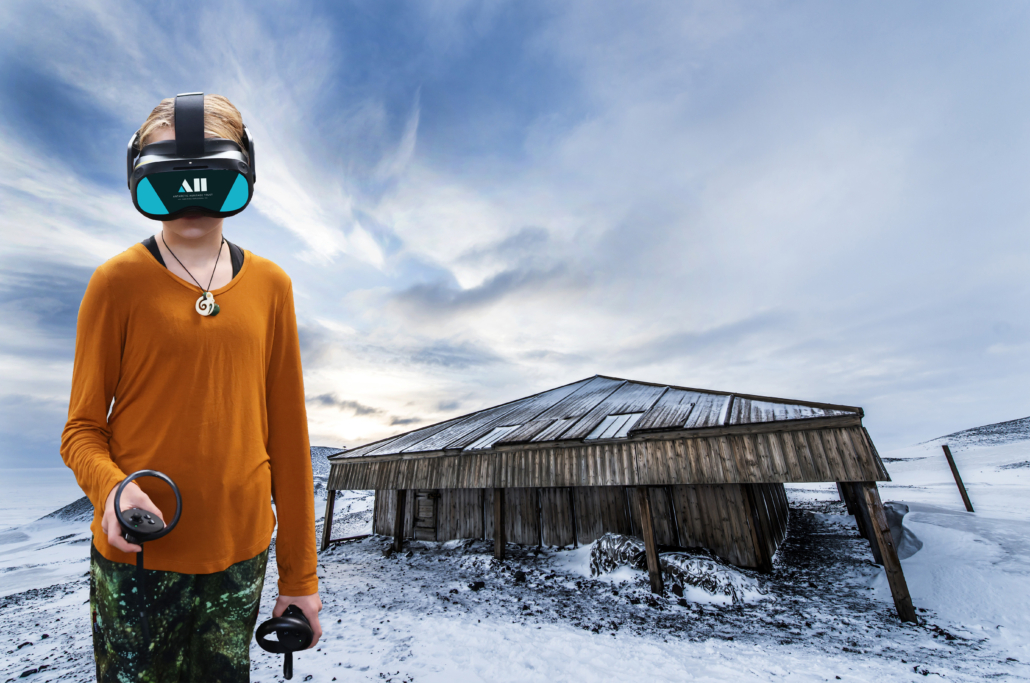
Scott’s Discovery Hut Virtual Reality Experience
Developed by the Antarctic Heritage Trust in partnership with StaplesVR, this dynamic and immersive virtual reality experience transports you to the very heart of Antarctic exploration, allowing you to step inside Discovery hut on Ross Island, Antarctica, just as Robert Falcon Scott, and Ernest Shackleton did over a century ago. Offering exciting interactions, including a ride in the hydrogen balloon the expedition launched, feeding huskies, helping a sledging party, and getting up close to the Discovery ship, this experience shares the stories behind this unique shelter’s place in polar history and the explorers that inhabited it.
The Trust’s Inspiring Explorers Education™ team travel around New Zealand to bring our virtual reality experiences to schools, community groups, public venues, and festivals.
Further Reading
The Voyage of the Discovery
Robert Falcon Scott
Published 1905
Edward Wilson of the Antarctic. Naturalist and Friend
George Seaver
Published 1937
The Voyages of the Discovery: An Illustrated History of Scott’s Ship
Ann Savours
Published 1992
![]()
Antarctic Heritage Trust
7 Ron Guthrey Road, Christchurch 8053, New Zealand
Private Bag 4745, Christchurch 8140, New Zealand

© Copyright 2025, Antarctic Heritage Trust Registered Charity: CC24071
Terms and Conditions – Privacy Policy
![]()
Antarctic Heritage Trust
7 Ron Guthrey Road, Christchurch 8053, New Zealand
Private Bag 4745, Christchurch 8140, New Zealand
© Copyright 2025, Antarctic Heritage Trust Registered Charity: CC24071
Terms and Conditions – Privacy Policy
